no.33
2019 01/13(wed)ー 02/16(sat)
reading fermentation Maoru Fujieda・Akihiko Inoue・Tomoko Inagaki
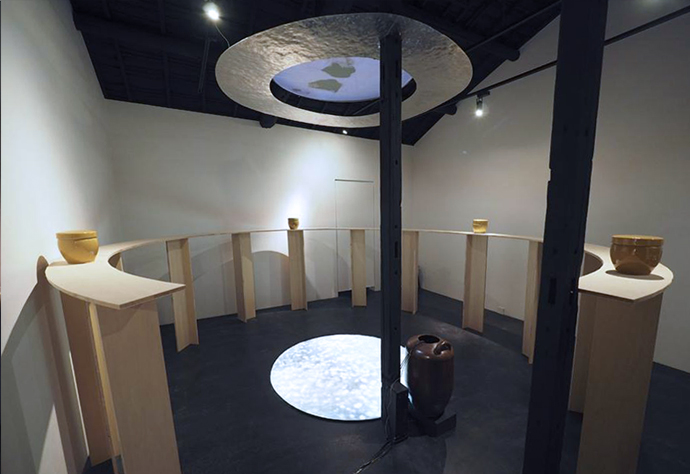 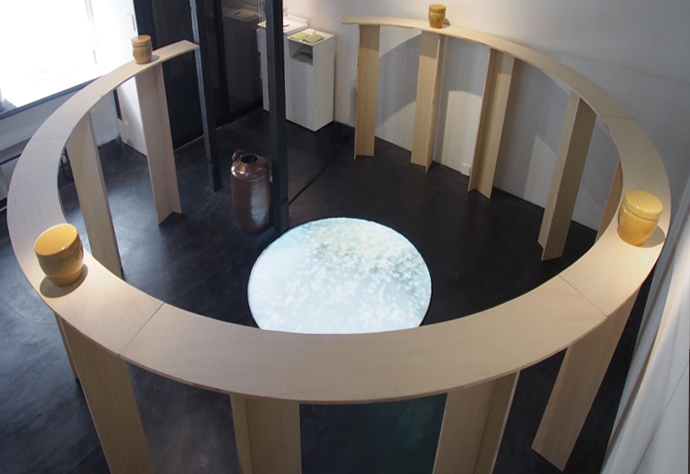  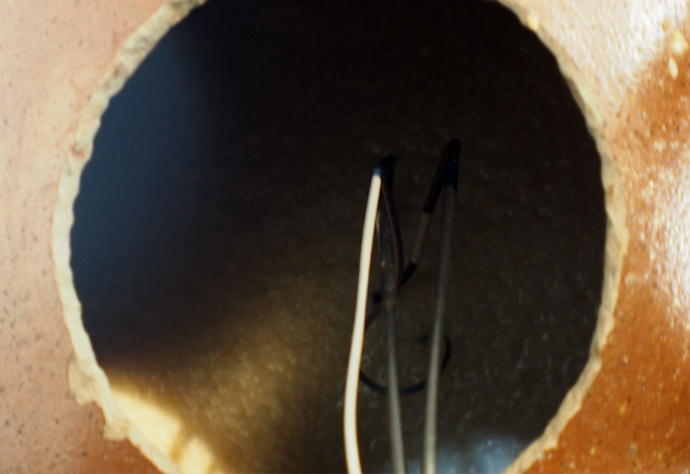 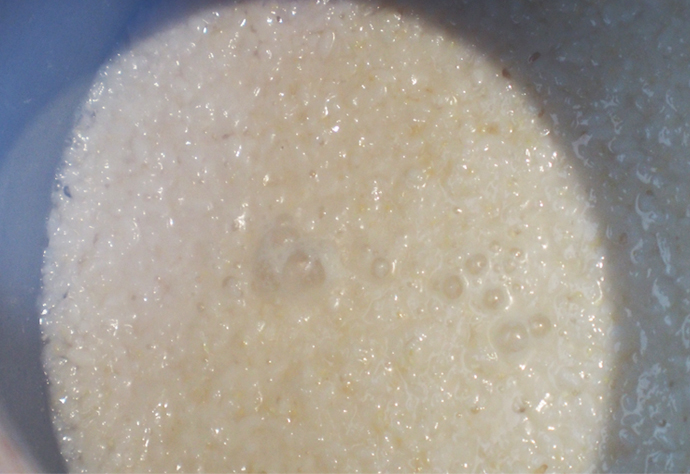 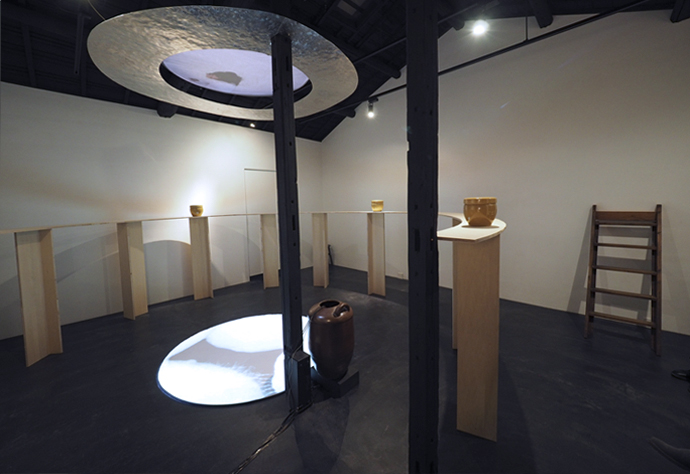 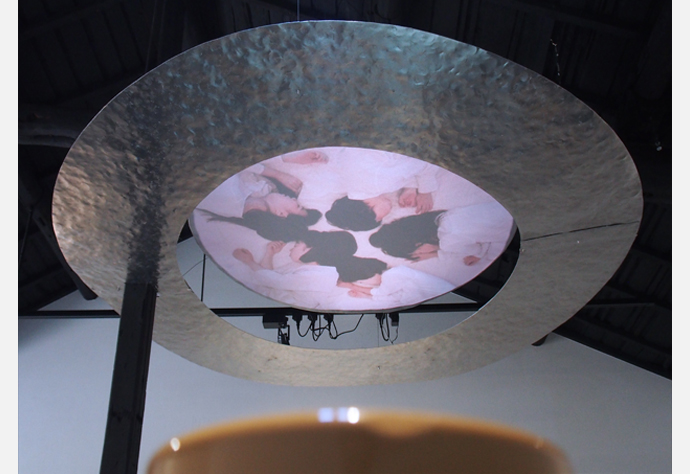 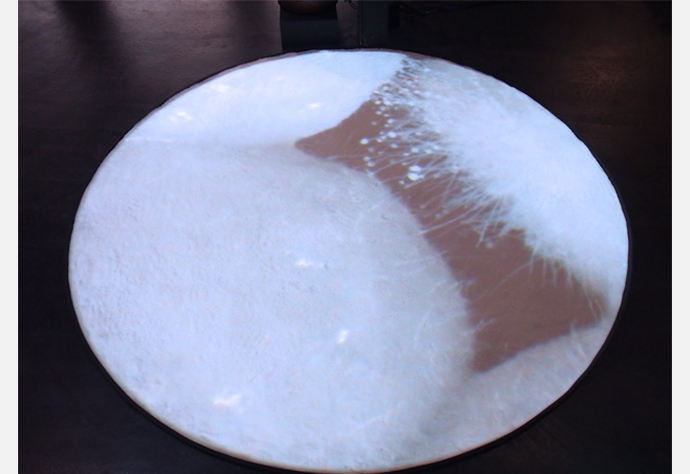   |
| sound:Mamoru Fujieda|installation:Akihiko Inoue|video works:Tomoko Inagaki|concert:Kayoko Nakagawa(wagon) |

related Events 2 / 11(mon)
Part 1
Artist talk "reading fermentation"
Momoru Fujieda・Akihiko Inoue ・Tomoko Inagaki
|
|
ーーtea timeーー
|
|
Part 2
Concert
Wagon player:Kayoko Nakagawa
program:"Koto music collection of Patterns of plants" by Wagon
(Composed by Mamoru Fujieda) |
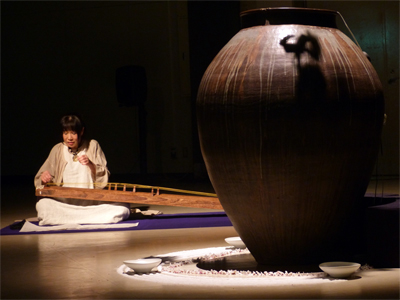 |
|
|
Open:14:30 Start:15:00
Place:Kozu shrine www.kouzu.or.jp
Ticket fee:Advance2000yen / Doors 2500yen
Booking:+1art / gal@plus1art.jp
*On the day of the event, it is the closing day of +1 art, but we will temporarily open the gallery one hour at 13 - 14 o'clock before opening.
|
|
A r t i s t s
Mamoru Fujieda
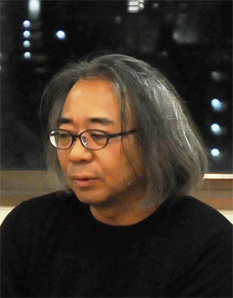
|
| ■ |
My interest in fermentation began with the sound. The carbon dioxide emitted when decomposing sugar to obtain energy is the source of the sound. The sound complex of the carbon dioxide emitted by numerous microorganisms generates whirling oscillations. When we give ourselves to the sound, the swirl of the sound seems to shake and resonate our body.
In the exhibition “Reading Fermentation,” I presented the sound installation “Kame no Otonai (voices of the spirits in the Vat)” along with the images in a space created by the two artists. A vat is put in the center of the gallery. The doburok (unrefined sake)” in the vat change the state of fermentation every moment. When the sounds of fermentation picked up by hydrophones from the vat resonate with the whole gallery space, the space itself becomes another “vat.” The sounds of fermentation, i.e. sounds of life are thus transformed into transcendental voices called “voices of the spirits.” |
| |
Mamoru Fujieda |
| ■ |
Biography
MAMORU FUJIEDA received his Ph.D. in music from the University of California, San Diego. His composition teachers include Joji Yuasa and Morton Feldman among others. He has been working for possibilities of alternative tuning systems based on just intonation. His main works is a series of Patterns of Plants based on the data taken from plants, and CDs of the series have been from labels in US such as TZADIK and Pinna Records as well as domestic labels. Recently, He has worked on theater pieces such as Kame no Otonahi (Voices of the Spirites in the Vat) and Ori-Mandara (Weaving Mandara). He is currently a professor at Faculty of Design, Kyushu University.
|
|
Akihiko Inoue
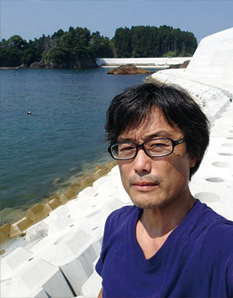
|
| ■ |
To transform the gallery space into a container for the sound of fermentation as life phenomenon, where one can soak his own body with five senses. And its making should be guided by the polyphony of forms and light just as the sound makes a trembling and sliding of meanings before one's intentions. That was my way of reading/composing ("yomu" in Japanese) of the fermentation.
The key was the convection within the fermentation in the pot. I tried to "convect" the eyes of the observers and to activate constant reverse of looking up and down which is stirred by the movement of bodys. Another key was sound. In Japanese pot is "kame"; [m] is labial sound and [k] is velar. These two are sound with and without lips which is inherent to mammals. In ancient time, kuchikami-zake (mouth-chewed sake) was produced by chewing with saliva as a fermentation starter. The sake-alcohol was offered to God. "Chew" means "kamu", and God means "kami" in Japanese.
The installation was constituted with lots of round elements in many levels: a round mouth of pot, a large and high round counter on which four pots were placed, two circular screens, one with paper over head, another with salt on the floor, and large floating circle with aluminium was covered with countless round traces of hammer. These organizations of round elements referred to sounds and bubbles of fermentation. Was a new life generated between up and down lips of "KA-MI" ? |
| |
Akihiko Inoue |
| ■ |
Biography
Born in 1955, Osaka. After leaving doctor course of Aesthetics of Kyoto University in 1984 and working as designer and curator, he begun activities as artist in 1990s. In 2006-2007, lived and worked in Paris with grants from the Japanese Government Overseas Study Program for Artists. Based on interest in relationship between man and nature, his works include painting, drawing, mixed media and site-specific installation. Recent major exhibitions are "At the beginning of plural world"(Tokyo Metropolitan Art Museum, 2018), "Shin-Kai-Chi : What is land ?"(Kobe Art Village Center, 2016), "still moving"(Former Suujin Elementary School, Kyoto, 2015), "Antigravity"(Toyota Municipal Museum of Art, 2013), "Trouble in Paradise / Medi(t)ation of Survival"(National Museum of Modern Art, Kyoto, 2010). https://www.akihiko-inoue.com
|
|
Tomoko Inagaki
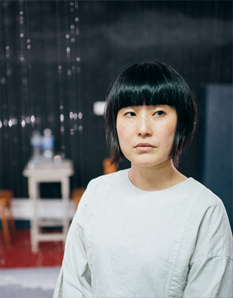
|
| ■ |
Un-withering flowers, colourful and mould free cakes and sweets containing food additives, rotting flowers with shedding red liquid and an art installation which grows moulds and gradually turns ugly. These are my art works, containing a consciousness of the morphological changes in nature. Here, I met two artists and ‘fermentation’ itself. ‘Fermentation’ and ‘rot’ are divided as a matter of human’s convenience, though originally they are the same. Human beings grow up; get old and their bodies decay. Adding the concept of ‘fermentation’ to this process, it may create new thoughts on aging. Two videos, one is of malted rice and the other is of five sleeping women of various ages, are different in terms of their time axis, but they were made to mindfully show the flow of movement equally. The video of moulded rice shows the one step further to people, by showing the details of the mycelium of malted rice, that are usually invisible to the naked eye. Quiet sleep and the movement of five women, disappear and reappear. I have discovered a magic of art through ‘fermentation’ (which is still mysterious, as well as being woven into the fabric of daily life) and three artists’ collaborations, which present the completion of the installation at the end. |
| |
Tomoko Inagaki |
| ■ |
Biography
Born in 1975 and living in Osaka. After graduating from a B.A. in Fine Art in London, returning to Japan then experiencing being an artist in residence in Germany, France, and U.S. The art works explore life and death, nature and artificiality, as well as femininity. Media used are mainly video installations and the works contain elements of performance. Recent solo exhibitions are ‘Decalcomanie’ at The Third Gallery Aya (2018), ‘Ghost’ at Art-U room (2017), ‘TEGAMI’ at FRISE, Hamburg (2016), “Project ‘Mirrors’”, at Kyoto Art Center (2013), The group exhibitions are ‘Casabranca Biennale’ (2017), ‘WROUGHT’ in Sheffield (2016), ‘Kyoto Current’ at Kyoto Municipal Museum of Art (2013). She continues her annual project ‘Doors’ - filming and editing one sequence in which she opens a door and enters a space every year since 2013. |
|
 |
|